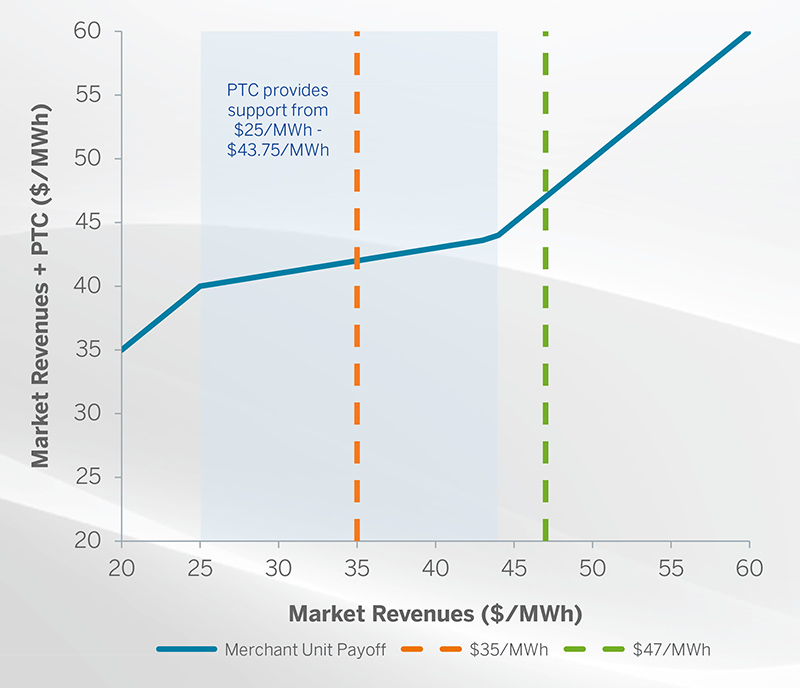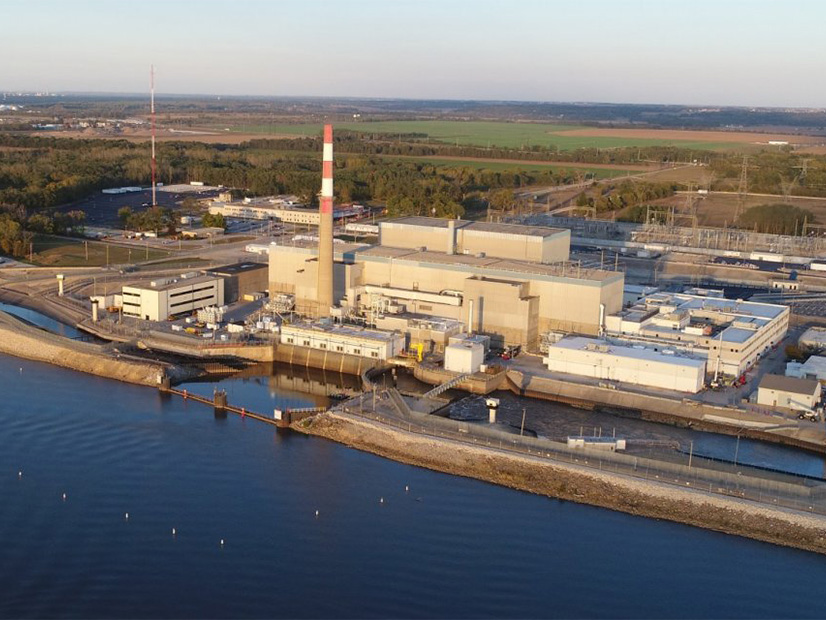The Inflation Reduction Act’s production tax credits for nuclear could boost Constellation Energy Group’s (NASDAQ:CEG) profits by $100 million annually beginning in 2024 and help extend the life of its reactors to 80 years, CEO Joseph Dominguez said during the company’s 2023 first quarter earnings call on Thursday.
Nuclear represents about 86% of the terawatt-hours of power Exelon’s spin-off independent power producer generates for its customers, according to the company website. The PTC, which could provide up to $15/MWh for plants not already receiving state support, “provides downside commodity risk protection … while ensuring that our plants remain economic and reliable,” Dominguez said.
“Other provisions in the IRA create unique growth opportunities, like increasing the output from our nuclear plants through upgrades and hydrogen [production],” he said. “And finally, it gives us the opportunity to extend the time horizon of our fleet to 80 years. … No other clean energy assets can run this long without being replaced.”
The company began producing zero-carbon hydrogen at its Nine Mile Point nuclear plant in Oswego, N.Y., in March. The 1-MW hydrogen production facility was a joint demonstration project of Constellation and the Department of Energy. (See Megawatt-scale Demonstration Project Yields First Pink Hydrogen.)
“The clean hydrogen generation system operating at Nine Mile Point uses 1.25 MW of zero-carbon energy per hour to produce 560 kg of clean hydrogen per day, more than enough to meet the plant’s operational hydrogen use” to cool the facility, according to a company press release on the project.
Constellation also said it will invest $900 million through 2025 to develop and scale commercial clean hydrogen production using nuclear power.
Marking just over a year since its separation from Exelon, Constellation reported first-quarter GAAP net income of $96 million versus $106 million in the first quarter of 2022. Adjusted (non-GAAP) EBITDA was $658 million, down from $866 million.
The lower 2023 figures were partially caused by higher energy prices in 2022 and increased refueling outages and labor costs as Constellation has been increasing staff, said Daniel L. Eggers, executive vice president and chief financial officer.
Dominguez was nonetheless upbeat about the quarter’s results, saying the company expects “we will end the year comfortably in the top half of our guidance range” of $2.9 billion to $3.3 billion.
It declared a dividend of 28.2 cents/share in the first quarter, about twice the payout in the first quarter of 2022.
The Nuclear Edge
While Constellation is now separate from Exelon, which reported its first-quarter results one day earlier, both companies are positioning themselves as key players in the U.S. energy transition, providing carbon-free power to a broad range of residential and commercial customers. (See Exelon CEO: Energy Transition ‘Requires Investments,’ Rate Increases.)
With its large nuclear fleet — 12 plants with 21 reactors — and smaller amounts of solar and wind, Constellation boasts that it is currently producing 90% of its power from carbon-free sources. All of the generation it owns will be 100% carbon-free by 2040, it says.
Dominguez said the company provided 11% of the country’s clean power in 2022, serves 25% of the competitive commercial and industrial market and numbers 75% of the Fortune 100 among its commercial customers.
He also stressed nuclear’s reliability in the face of the increasing number and severity of extreme weather events.
With electric generation shifting toward more intermittent renewables, anyone participating in retail or wholesale markets has “to ask yourself really three basic questions,” Dominguez said. “Do I have physical generation? Is it the kind of physical generation that is going to show up in extreme events? And do I have the financial balance sheet to deal with negative outcomes?”
How the PTC Will Work
The nuclear PTC does not kick in until 2024, when Constellation anticipates four of its 12 plants will be eligible for the credit: Calvert Cliffs in Maryland, LaSalle in Illinois, and Limerick and Peach Bottom in Pennsylvania.
 The IRA’s production tax credit for nuclear will help Constellation top up its revenues from nuclear plants not already receiving state subsidies. For example, if the company is getting $35/MWh at a plant, the PTC will add $7/MWh to ensure a total of $42/MWh. | Constellation Energy
The IRA’s production tax credit for nuclear will help Constellation top up its revenues from nuclear plants not already receiving state subsidies. For example, if the company is getting $35/MWh at a plant, the PTC will add $7/MWh to ensure a total of $42/MWh. | Constellation Energy
The credit is designed to ensure nuclear owners are getting around $40/MWh for their power, with the amount of the credit a specific plant gets hinging on market prices. The credit phases in at $25/MWh and phases out at $43.75/MWh, Constellation said.
In a hypothetical example, the company assumes prices at $35/MWh, with the PTC then kicking in $7/MWh, to ensure a total of $42/MWh.
In such a situation, Eggers said, “The PTC is functioning as it should, stepping in to provide downside protection.”
Dominguez was confident that IRA tax credits would not be lost in any deal over the debt ceiling now being debated between the White House and congressional Republicans.
“We just see that as — it’s hard to use the word ‘normal’ — the political back-and-forth that’s occurring,” he said. “I don’t think there’s any prospect that President Biden is going to cut or gut the IRA to deal with this issue.”



